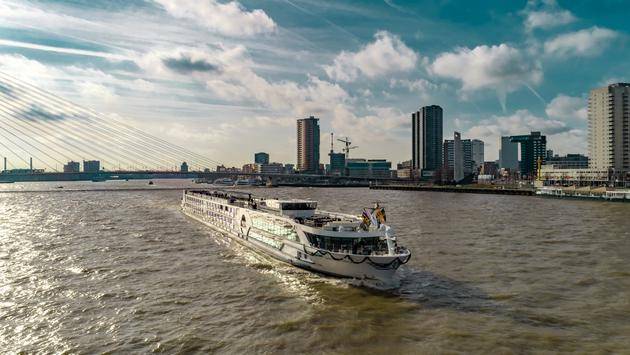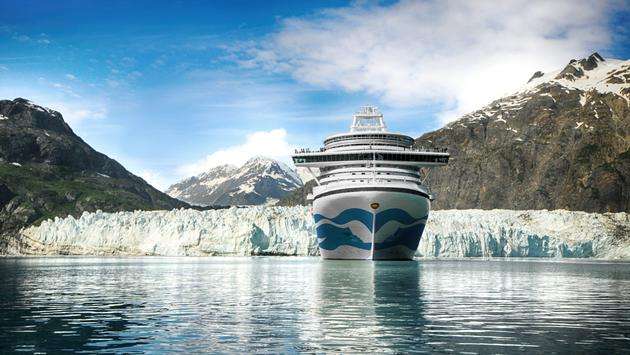July 01,2022
Travel and Transport in Paris
by Bin Xu
Paris has a surface area of 10,500 hectares. And to make the most of every arrondissement, every district and every street in the capital, you have the choice of many different means of transport. All you need to know is what type of transport is best adapted to the occasion and to your requirements … Do you have a preference for travel by metro, boat, bus or bicycle?
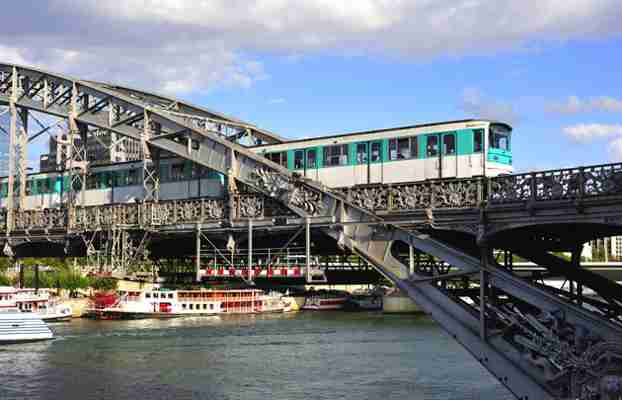
Everything you need to know about transport in Paris for easy travelling!
Metro
The RER
The Tram'
Funicular
Vélib'
Pedestrian
Bus
Taxi
Opentour
Balabus
Montmartrobus
Noctilien
Bateaux parisiens
Batobus
The Bateaux-mouches
On the tracks...
Metro
Parisian people’s second home … Every day, the metro, Paris’s underground railway, transports on average more than 3.9 million passengers. With 16 lines, 300 stations and 62 connections, the metropolitan network is the fastest way to get around the capital. You should just avoid travelling during rush hours …
For : Those who want to get to their destination quickly.
Cost : 1 ticket: €1.90. Carnet of 10 for €18.60
Website :Metro map in Paris
Buy your book of 10 metro tickets
The RER
The Regional Express Network (RER) ensures the movement in Paris and the suburbs to the region of Ile de France, with an average frequency of 10 to 15 minutes between trains.
For : For those who want to travel in the suburbs.
Cost : Depends on the price zone of your destination. The areas are definedwith concentric circlesthroughout the entire RATP network. Area 1 concerns only Paris itself, area 2 designates the towns on the outskirts of Paris, area three the towns further away in the suburbs …
Website : RER Maps
The Tram'
Because of the number of connections, getting from one porte to another in Paris by metro is not simple … Thanks to the Tram’, you can travel around the edge of Paris in a shorter time.
For : For those who want to travel around the outskirts.
Cost : The price of a metro ticket.
Website : Tramway in Paris
Funicular
The funicular is a rapid way of getting to and from the Sacré Cœur and the Montmartre district and avoiding the 237 steps …
For : Those who want to avoid feeling stiff after climbing the steps.
Cost : The price of a metro ticket.
In the air
With a bicycle station every 300 metres, Vélib’ offers a new way of getting around the streets of Paris. How it works: first you buy a day subscription for the modest sum of one euro from an automatic terminal (accessible 24/7 all year round) after which you can take a bicycle from any station and then cycle around the city on the numerous bicycle paths and lanes. The first half-hour is free!
For : Those who want to enjoy the freedom of getting quickly from one neighbourhood to another. And it is so enjoyable …
Cost : €1.70 subscription for the day, then first half-hour free. €1 for the first extra half-hour, €2 for the second half-hour, €4 for the third half-hour.
Website :Vélib'
Pedestrian
Strolling around Paris, by yourself, with your sweetheart, or with the family … What better way of soaking up Parisian life than on long walks taking in lively districts and more secluded streets? Walking still offers the greatest freedom for getting around the capital, especially as there are now countless pedestrianized precincts full of attractive things to see and do.
For : Those who want to take the time to explore Paris.
Cost : Free!
On the road
Bus
Parisian buses have specially-adapted lanes thus avoiding the inconvenience of traffic jams. The network is extremely comprehensive. Some 300 bus routes assure the transport of passengers in all districts of Paris in the shortest possible time. Sometimes it is even quicker to take the bus than the metro …
For : Those who like to get around quickly and sightsee at the same time …
Cost : The same as a metro ticket!
Website :Bus maps in Paris
Taxi
Day and night, you can hail a taxi and they will take you wherever you want to go.
For : For those who want to reach their destination quickly.
Cost : According to your journey: it is much more expensive than public transport.
Website :Paris Préfecture de Police
Opentour
Paris seen « from up top »! Thanks to this double-decker bus with its open top, you can enjoy an exceptional view of the major sights in the capital on four key itineraries: the Paris Grand Tour, Montparnasse-Saint-Germain, Bastille – Bercy and Montmartre – Grand Boulevard. Note that: the Open Tour makes regular stops in select places in Paris and you are at liberty to get on and off as you wish.
For : Those who want to go from one tourist site to another in the capital.
Cost : €34 for 1-day pass
Website :Open Tour in Paris
Balabus
Sightseeing rides with the RATP (municipal transport authority) … The Balabus stops at the capital’s major sites between the Gare de Lyon and La Défense. It operates between April and September, on Sunday afternoons and on the afternoons of public holidays.
For : Those who want to get to tourist sites in Paris for a lower price, and also enjoy views of the city on the journey.
Montmartrobus
Getting around the Butte Montmartre has become easier with the arrival of the Montmartrobus. It stops at all the key points in the lovely Montmartre district.
For : Those who would rather not walk up and down the steep streets of Montmartre.
Cost : The price of a bus ticket (€1.70)
Website :Montmartrobus
Noctilien
When the metros and buses stop running, you do not have to resort to taking a taxi! Thanks to the 47 bus routes of the Noctilien network, strategic circuits cover almost the whole of Paris. With, on average, a bus every quarter of an hour, getting around at night is not a problem!
For : Those who need to get around at night, when the metro is closed.
Cost : The same as a bus ticket.
Website :Noctilien in Paris
On the water
Bateaux parisiens
Sightseeing cruise, lunch cruise, dinner cruise, cruise and meal on the quayside … The Bateaux parisiens cruise up and down the Seine offering views of Paris’s finest monuments.
For : Those who want to travel on Paris’s waterways and enjoy the exceptional views of Paris’s monuments.
Cost : For sightseeing cruises: €15 (adults), €7 (children).
Website :Bateaux parisiens
Batobus
Forget about traffic filled streets in the capital: opt for the Batobus and get around easily on the river Seine with a series of stops. The circuit: the Eiffel Tower, the Musée d’Orsay, St-Germain-des-Prés, Notre-Dame, Jardin des Plantes, Hôtel de Ville, Louvre, Champs-Elysées.
For : Those who want to discover a new (and pleasanter) way of getting around Paris.
Cost : 1 day - €17; 2 days - €19. Per year - €60. €11 per day for holders of the cards: Imagine R, Orange, Intégrale, Emeraude, Améthyste or Student.
Website :Batobus
The Bateaux-mouches
Highly popular since 1949… This river boat company offers sightseeing cruises of Paris’s finest monuments on a one-hour circuit along the Seine …
For : Discovering top sites in Paris and enjoying lunch or dinner on the water in the City of Light …
Cost : For the cruises: €14 (adults) and €6 (children). For lunches and dinners: from €50 to €135.
Website :Bateaux-mouches in Paris
Modes of Transport
Buses, boats, and trains! What’s your little favorite transportation system? There are many modes of transportation that allow us to move from one part of the world to another, and learning about them is one the first things that little ones do as soon as they start communicating with their families.

During early childhood, children are dependant on their parents to carry them around before they start walking, they hop up into their little strollers and travel the city with mom and dad guiding them. As soon as they start getting older, children start playing with toy cars, learning how to drive through their houses, which turns out to be a great exercise for children’s spatial awareness. As they reach a certain age, bicycles are the way to go for many kids that wish to set out on adventures with family and friends!
So, talking about the different types of transportation comes almost naturally to the little ones. But there’s more to this topic than just learning names of vehicles: it’s also important to learn to express the action of using the different transportation systems. When talking about transport, we can use prepositions or verbs to express ourselves. Let’s learn the most common vocabulary about transportation and also verbs related to transportation.
Types of Transportation
Depending on the destination, there is a myriad of vehicles that are suited to travel to various places. For example, you can go by land if there are roads and highways available; or maybe by air if the distance is too long; or even by water if you live on an island. Let’s check out the different means of transport there are.
⛅ Air Transport
Is the fastest mean of transport, and it consists of a vehicle traveling by air.
helicopter
hot air balloon
airplane (plane)
blimp
rocket
spaceship
space shuttle
zeppelin
✈️ Airport Vocabulary
airport / aircraft / air traffic control
airline / baggage / aisle seat / cabin
window seat / boarding pass / carry-on luggage
check-in desk / copilot / pilot / customs
flight / landing / flight attendant / jet lag
round trip / seat belt / terminal / take-off
Water Transportation
It refers to all the transport made over a body of water, such as a lake, an ocean, a sea, a river, or a canal.
sailboat
cruise ship
cargo ship
speedboat
jet ski
pirate ship
boat
ship
submarine
yacht
canoe
amphibious vehicle
gondola
kayak
tugboat
airboat
ferry
raft
coast guard ship
Sailing Vocabulary
port / starboard / anchor / launch
hatch / sails / course / pier
quay / stern / bow / harbor / aboard
paddle / lifeboat / dam / embark
scuttle / lighthouse / fleet / rudder
breakwater / merchant ship / shipyard
️ Land Transport
It refers to all the vehicles that can transport people or objects by land.
bicycle
car
bus
train
truck
van
taxi
motorcycle (motorbike)
tram
subway
scooter
tricycle
pick-up truck
tractor
cable car
airship
SUV
trolley bus
garbage truck
ambulance
wagon
convertible
dogsled
forklift
go-cart
golf cart
hybrid
snowmobile
tow track
How to Choose the Right Means of Transport for Travel in 2022
In the last post of this series I took you through my process for finding and booking cheap flights. But for you and your next trip, transport costs might not stop there.

There are a bunch of other transport options that you may need to consider once you arrive in your first destination.
If you are flying into one place and staying there for the duration of your trip, then this may not apply to you. However, if you are planning to get out and explore more of a single country or region, then you will likely use more than just a plane to get around.
First there are a few things you need to consider to allow you to choose the right means of transport for your trip.
Things to Consider Before Choosing the Best Means of Transport
When you are asking yourself what is the best means of transportation for my upcoming trip, you’ll first want to consider these points.
1. Purpose of the trip
The purpose of your trip will help you decide what is the best means of transport for your trip. If you are planning to see a lot in a small amount of time, then a faster means of transport will suit you best.
However, if the journey is all part of the experience for you, then something a bit slower could be just what you are after. Think road trips and scenic trains.
2. Budget
Back in step two of this series, you would have done a small amount of research on transport to determine your budget. The figure you came up with will now come in handy as you decide on exactly thr best means of transportation you should be using based on the amount of money you can spend on transport.
Buses will almost always be the cheapest way to travel, so if you have a smaller budget and plenty of time, this could be a good option for you. More money to spend? Maybe a luxury cruise or train trip will work.
3. Length of Your Trip
The more time you have, the slower your travel can be. If you are visiting Europe and seeing five cities in 10 days, high speed trains will be your most efficient way of getting around. However, if you are visiting those same five cities in a month, then you could save money by taking a slower means of transport, like a bus.
4. Travelling Companions and Luggage
Travelling with kids? Having a rental car or motor home might be easier for when they fall asleep after a long day or for those days where they just stay grumpy!
Mobility issues? Trains have no steps and comfy seats for long journey’s. Cruises are also a great option here because there is limited walking required.
Sea sickness? You might want to avoid any prolonged transport on water.
Or maybe you just find it impossible to pack light. In this case, avoid any form of transport where you will be hauling your baggage around a lot or where space to store them could be limited.
Choosing the Right Means of Transport
Below I have outlined the most popular forms of ground (and sea) transport and why you might need to look into booking them. I’ve also included some helpful links on where to find more information and make bookings. Some specific to regions, others more general.
Train Travel
In certain parts of the world, trains are the most commonly used means of transport for visitors and locals. And in most parts of the world, they are by far the fastest way to get around.
In Europe and Asia, you can move from city to city and even country to country in no time at all with train speeds reaching over 300 km per hour in some places.
If you are travelling in Europe or parts of Asia like Japan, China and South Korea, I would recommend train travel as the most efficient and cost effective way to get around.
In other regions, trains are slower, sometime painfully slow. So if you are in a hurry, train travel might not be the best option.
However, if a scenic journey is what you are after, then there are some stunning slower journey’s you can take in places like Australia, Canada, South America and through the European Alps.
Links to Check Out for Train Travel
Worldwide
Omio – New kid on the block in the travel booking world, they bring all means of transport together into one big booking website making planning your trip so much easier. They cover most major destinations around the world.
Man in Seat 61 – Mark covers train travel around the world with major route information, tricks and tips for travelling by train.
Europe
Rail Europe – One stop shop for all your Europe rail passes and point to point tickets. They have different branches is different parts of the world depending on where you are from. USA | Canada | Australia |New Zealand
Deutsche Bahn – This Germany train site has the most comprehensive timetables for services all over Europe.
Asia Pacific
12Go – Plan and book transport in South East Asia, including trains. The most comprehensive website you will find for the region.
Japan Guide – Get all the info you need to planning, booking and using the trains in Japan.
China Travel Guide – Plan and book trains in China.
Travel Taiwan by Train – The guys at My Tan Feet have put together this great guide to train travel in Taiwan.
Australian Trains – This website has a great overview of train journey’s you can take in Australia.
New Zealand Rail – Despite it’s size, New Zealand has a few scenic trains worth checking out.
North America
Amtrak – Plan and book train travel across the USA.
ViaRail – Plan and book train travel in Canada.
South America
Wanderlust Magazine – Be inspired to travel by rail in South America with these 8 unforgettable train journeys.
Africa
Huffington Post – Check out these 11 memorable train journeys in Africa to get you inspired.
Bus Travel
In areas where there are no, or very slow trains, the best means of transport may be by bus.
Buses or coaches are available in every country of the world and connect major cities with regional towns.
Comfort wise, it can vary greatly from region to region. In South America for example, coaches have wide reclining seats and lots of leg room. Especially good for long journey’s.
Buses are also much cheaper than most other forms of transport. And in most regions, passes or hop-on-hop-off style backpacker bus passes can be purchased saving you even more.
Choose a bus if you have lots of time or are on a tight budget.
Links to Check Out for Bus Travel
Worldwide
BusBud – the perfect place to search and book bus and coach tickets for destinations all over the world.
Europe
Eurolines – Covers all the major cities and regions of Europe.
Busabout – Hop-on-hop-off backpacker bus that follows a specific loop around Europe.
Asia Pacific
12Go – Plan and book transport in Asia, including buses. The most comprehensive website you will find for the region.
Japan Guide – Get all the info you need to planning, booking and using buses in Japan.
Travel China Cheaper – A great guide for travelling China by bus.
Greyhound Australia – The most comprehensive network of buses in Australia.
Oz Experience – Backpacker bus network in Australia.
InterCity New Zealand – The most comprehensive network of buses in New Zealand.
North America
Greyhound USA – The most comprehensive network of buses in the USA.
MegaBus – Cheap bus network expanding into the USA.
Greyhound Canada – The most comprehensive network of buses in Canada.
Mexperience – A comprehensive guide to travelling by bus in Mexico.
South America
Green Toad Bus – Buy bus travel passes for travel in South America.
Lonely Planet – A guide to getting around South America by bus.
Africa
Baz Bus – South Africa’s hp-on-hop-off bus network for backpackers.
Intercape – Covers South Africa, Zimbabwe, Mozambique, Botswana, Namibia, Malawi and Zambia.
Rental Car / Bike
Road tripping is one of the world’s most popular forms of travel. Most people have fond memories of their childhood taking road trips in school holidays with their families.
And taking these road trips doesn’t have to stop once you grow up. Whether it’s a short few days jaunt or month’s at a time driving around a country or a region, a road trip is one of the easiest and best means to transport to see the world.
Here are a few things to consider if you are thinking of taking a road trip:
Is your drivers licence valid to drive in your chosen country or do you need an international permit? Check with your local road authority well in advance of your trip.
Will you be driving on the left or right hand side of the road?
Are there any unusual or different driving rules?
What will be the weather conditions and will I need additional equipment for these conditions? snow chains in cold areas)
What size vehicle will I need to fit all passengers and luggage?
Rental car companies can be found in all airports around the world and in most city centres too. Booking in advance is recommended so you don’t arrive and find out there are no cars available.
Links to Check Out for Rental Cars / Bikes
I use and recommend Hertz for all car hire around the world. I’ve found they offer the most comparable prices, let you search and compare multiple vehicle types and they have a great customer service team who can help if you come into any unexpected troubles.
Motor Home / Campervan
Similar to hiring a car, renting a motor home or campervan gives you the freedom to explore a country or region at your own pace.
Usually you would hire a motor home if you were planning to travel longer term, however, even a two week vacation can work with a motor home.
They come in all shapes and sizes, from pop up camper trailers that you can tow behind your car, to tiny two person vans, basic family vans where you would utilise the outside space more and top of the line luxury vans with a full bathroom, bedroom(s) and cooking facilities.
Picking one that suits your level of comfort and needs is important to help ensure you have a relaxing and enjoyable time. If getting up to go to the bathroom in the middle of night and having to find the outside amenities block doesn’t appeal to you, then you’ll want to hire one that has a toilet on-board.
Links to Check Out for Motor Homes
RVShare – Easily search for a motorhome to rent on a trip in the USA.
Apollo – Rental a campervan in Australia, New Zealand or the USA.
AutoEurope – Don’t let the name fool you, Auto Europe has Motorhome rental all over the world at fantastic prices.
Wicked Campers – Budget friendly vans around the world. The ones with the funky paint job!
Cruise
If you are looking for an all-inclusive, unpack once type of holiday with stacks of entertainment, then look no further than a cruise.
They get a bad wrap from time to time due to sickness outbreaks and bad weather, but 99% of the time, cruises are a great option for those looking for a relaxing vacation.
Cruises leave from major coastal and river side cities all over the world and come in all shapes and sizes. From local ferries, intimate river cruises, small ship luxury to mega ship, bigger than a hotel type experiences.
A few popular regions to cruise around the world are:
South Pacific Island
South East Asia
Mediterranean
Caribbean
Alaska
Hawaii
Scandinavia
European Rivers
Great deals can be found for cruises, especially packages that include all your meals, drinks and entertainment. They are an excellent option for those travelling on a budget, first time travellers and people who might be a little less mobile.
Links to Check Out for Cruise Travel
I use and recommend Expedia for booking cruises all over the world.
Here is a list of blogs that specialise in cruising:
PIN THIS FOR LATER!
Disclaimer: This page contains affiliate links. If you found this article helpful, please consider using them to book your trip. It costs you no extra and helps to keep The Trusted Traveller running.
Over to you!
Thinking about your next planned vacation, what transport would you choose and why?
Let me know using the comments section below or join me on social media to start a conversation.
Thanks for reading and I hope you enjoyed this post.
Leave a Reply
Please sing in to post your comment or singup if you dont have account.
Favorite articles
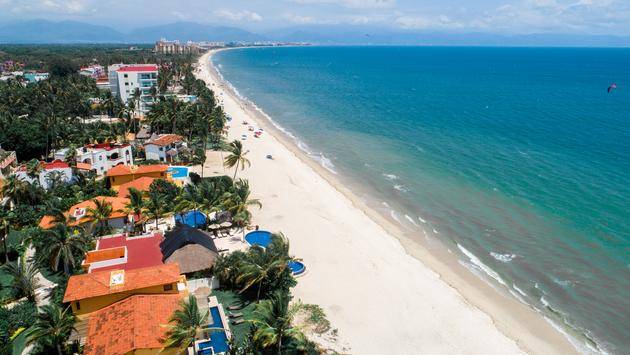
Riviera Nayarit Consolidates Air Connectivity With New Routes
January 03,2022

Looking for a Black Friday Deal? Try Summer 2021 Travel
December 30,2021

Kauai Drops Out of Hawaii’s Pre-Travel Testing Program
December 28,2021
Most popular articles
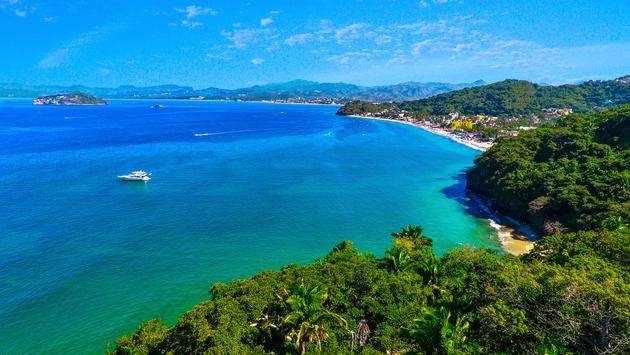
Riviera Nayarit Proves Resilience With New Hotel Openings
January 04,2022
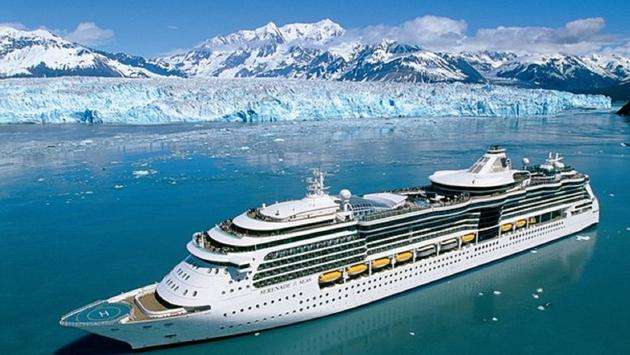
Large Cruise Ships Return to Alaska
December 29,2021

How to Score Free Disney World Theme Park Tickets in 2021
December 26,2021

Hotel Xcaret Arte To Make Its Debut in July 2021
December 25,2021
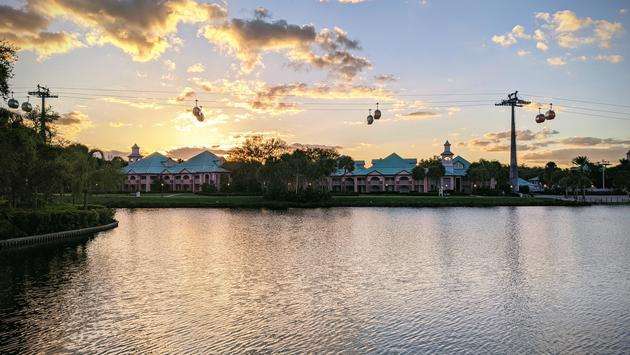

Families Can Virtually Visit Santa With Finnair
December 20,2021
Popular articles

Public Donates More Than $100K To Harassed Hotel Worker
January 02,2022
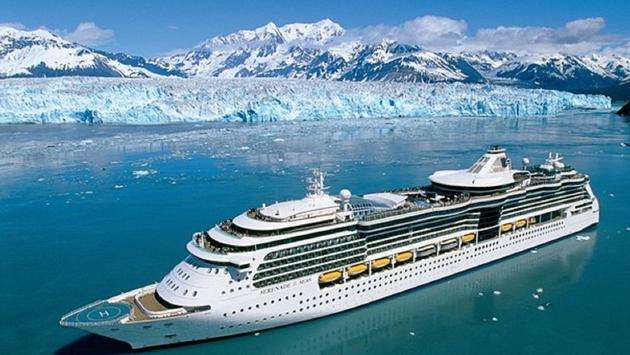
President Biden Signs Law To Restart Cruising in Alaska
January 01,2022
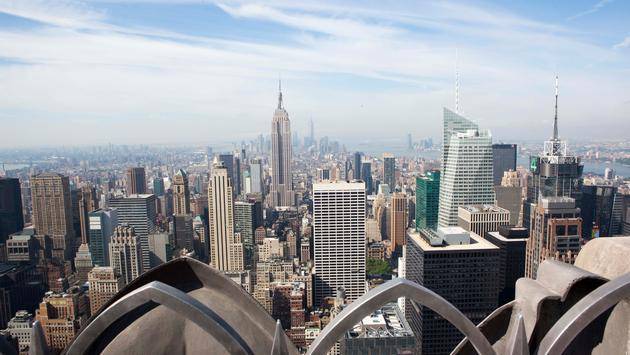
New Proposal Would Create 24-Hour Nightlife Zones in New York City
December 31,2021
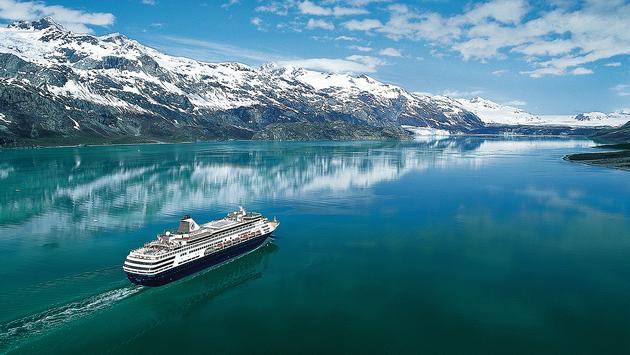
Holland America Line Launches 'BIG' Wave Season Offer
December 23,2021
Categories
Favorite articles
Riviera Nayarit Consolidates Air Connectivity With New Routes
January 03,2022
Looking for a Black Friday Deal? Try Summer 2021 Travel
December 30,2021
Kauai Drops Out of Hawaii’s Pre-Travel Testing Program
December 28,2021
Most popular articles
Riviera Nayarit Proves Resilience With New Hotel Openings
January 04,2022
Large Cruise Ships Return to Alaska
December 29,2021
How to Score Free Disney World Theme Park Tickets in 2021
December 26,2021
Hotel Xcaret Arte To Make Its Debut in July 2021
December 25,2021
Families Can Virtually Visit Santa With Finnair
December 20,2021
Popular articles
Public Donates More Than $100K To Harassed Hotel Worker
January 02,2022
President Biden Signs Law To Restart Cruising in Alaska
January 01,2022
New Proposal Would Create 24-Hour Nightlife Zones in New York City
December 31,2021
Holland America Line Launches 'BIG' Wave Season Offer
December 23,2021

